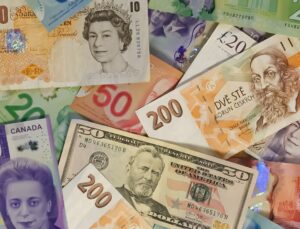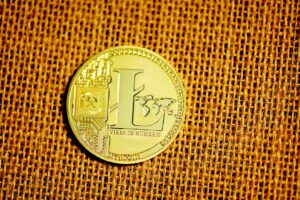Mastering Forex Candlestick Patterns: How to Predict Market Trends
Forex trading is a highly dynamic and ever-changing market. Traders are constantly looking for ways to predict market trends and make profitable trades. One powerful tool that has stood the test of time is candlestick patterns. These patterns provide valuable insights into market psychology and can help traders make informed decisions.
Candlestick charts originated in Japan in the 18th century and were used to track the price movement of rice. Today, they are widely used in forex trading and have proven to be an effective way to analyze and predict market trends.
Candlestick patterns are formed by the open, high, low, and close prices of a currency pair within a specific time period. Each candlestick represents a specific time frame, such as one hour, one day, or one week. The body of the candlestick represents the difference between the open and close prices, while the “wicks” or “shadows” represent the high and low prices.
By studying the patterns formed by candlesticks, traders can gain insights into market sentiment and potential future price movements. Here are some of the most common candlestick patterns used by forex traders:
1. Doji: A doji is formed when the opening and closing prices are almost equal, resulting in a small or nonexistent body. This pattern indicates indecision in the market and often precedes a trend reversal.
2. Hammer: A hammer is characterized by a small body and a long lower wick. It is considered a bullish reversal pattern and suggests that buyers are starting to take control after a period of selling pressure.
3. Shooting Star: The shooting star is the opposite of the hammer pattern. It has a small body and a long upper wick, indicating that sellers are starting to gain control after a period of buying pressure. It is considered a bearish reversal pattern.
4. Engulfing Pattern: An engulfing pattern occurs when a small candlestick is followed by a larger candlestick that completely engulfs the previous one. A bullish engulfing pattern suggests a trend reversal from bearish to bullish, while a bearish engulfing pattern suggests a reversal from bullish to bearish.
5. Morning Star: The morning star is a three-candle pattern that signals a bullish reversal. It consists of a long bearish candlestick, followed by a small bullish or bearish candlestick, and finally a long bullish candlestick that engulfs the first candlestick.
6. Evening Star: The evening star is the opposite of the morning star pattern. It signals a bearish reversal and consists of a long bullish candlestick, followed by a small bullish or bearish candlestick, and finally a long bearish candlestick that engulfs the first candlestick.
While these are just a few of the many candlestick patterns that exist, mastering them requires practice and experience. Traders need to be able to recognize these patterns and understand their implications to make effective trading decisions.
It is important to note that candlestick patterns should not be used in isolation. They should be used in conjunction with other technical analysis tools, such as trend lines, support and resistance levels, and indicators, to confirm potential market trends. Additionally, traders should always consider fundamental factors, such as economic news and geopolitical events, that can impact currency prices.
To master forex candlestick patterns, traders should spend time studying historical charts, backtesting strategies, and analyzing real-time market data. There are also many educational resources available, including books, online courses, and webinars, that can help traders deepen their understanding of candlestick patterns and their application in forex trading.
In conclusion, candlestick patterns are a powerful tool that can help traders predict market trends and make profitable trades in the forex market. By studying and understanding these patterns, traders can gain valuable insights into market psychology and make informed trading decisions. However, it is important to use candlestick patterns in conjunction with other technical and fundamental analysis tools to increase the probability of success. With practice and experience, traders can master candlestick patterns and improve their trading skills.






